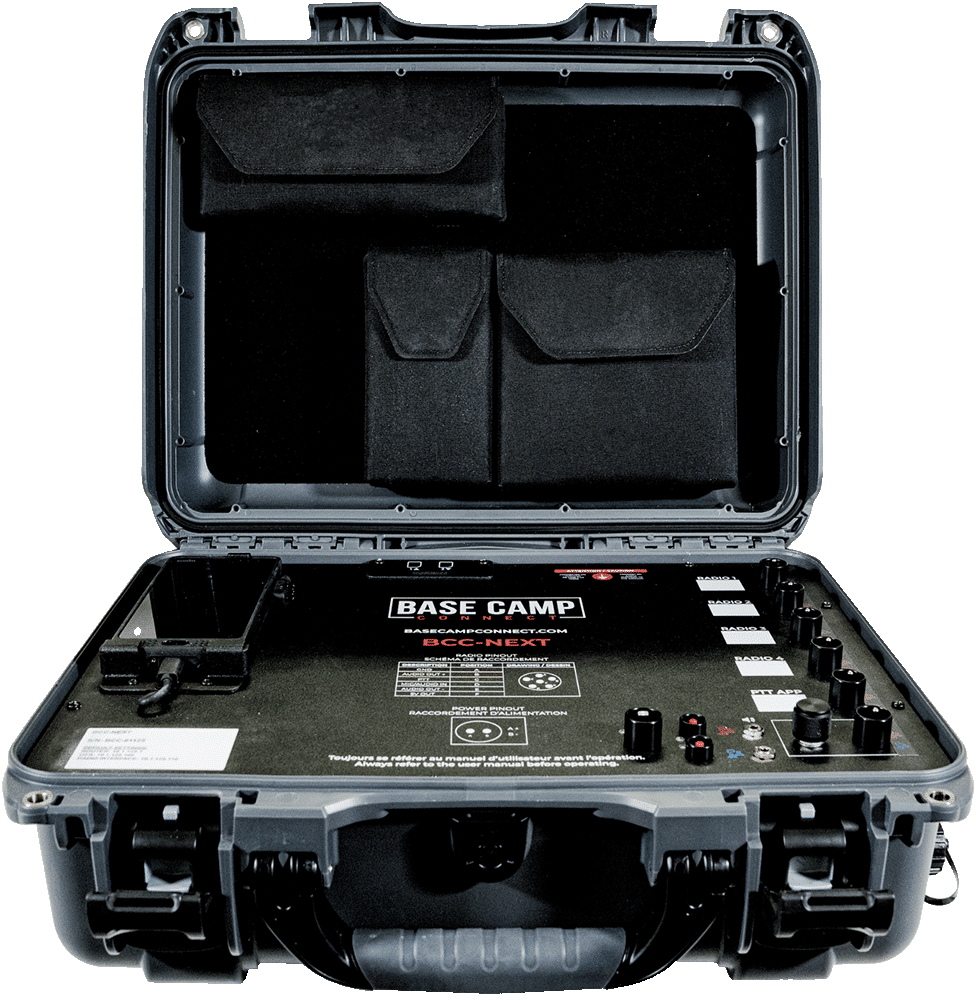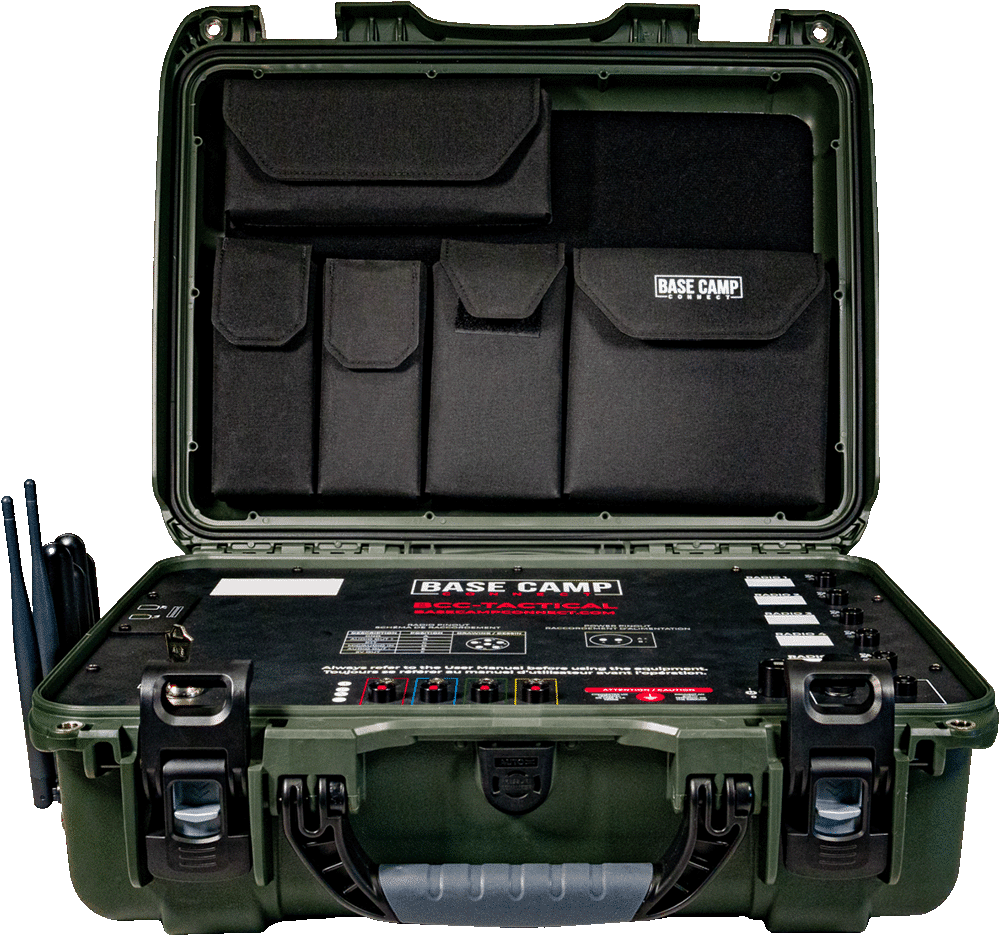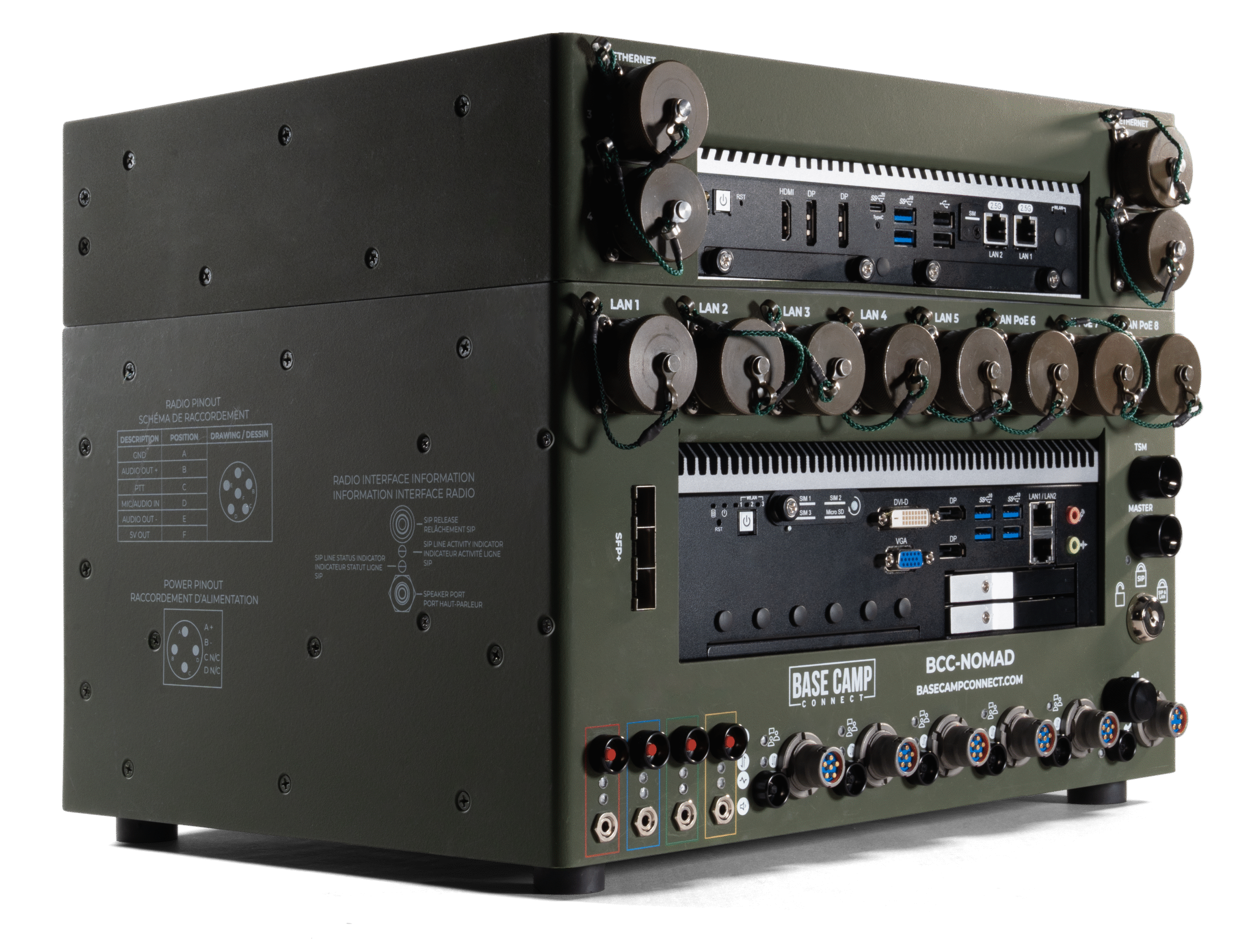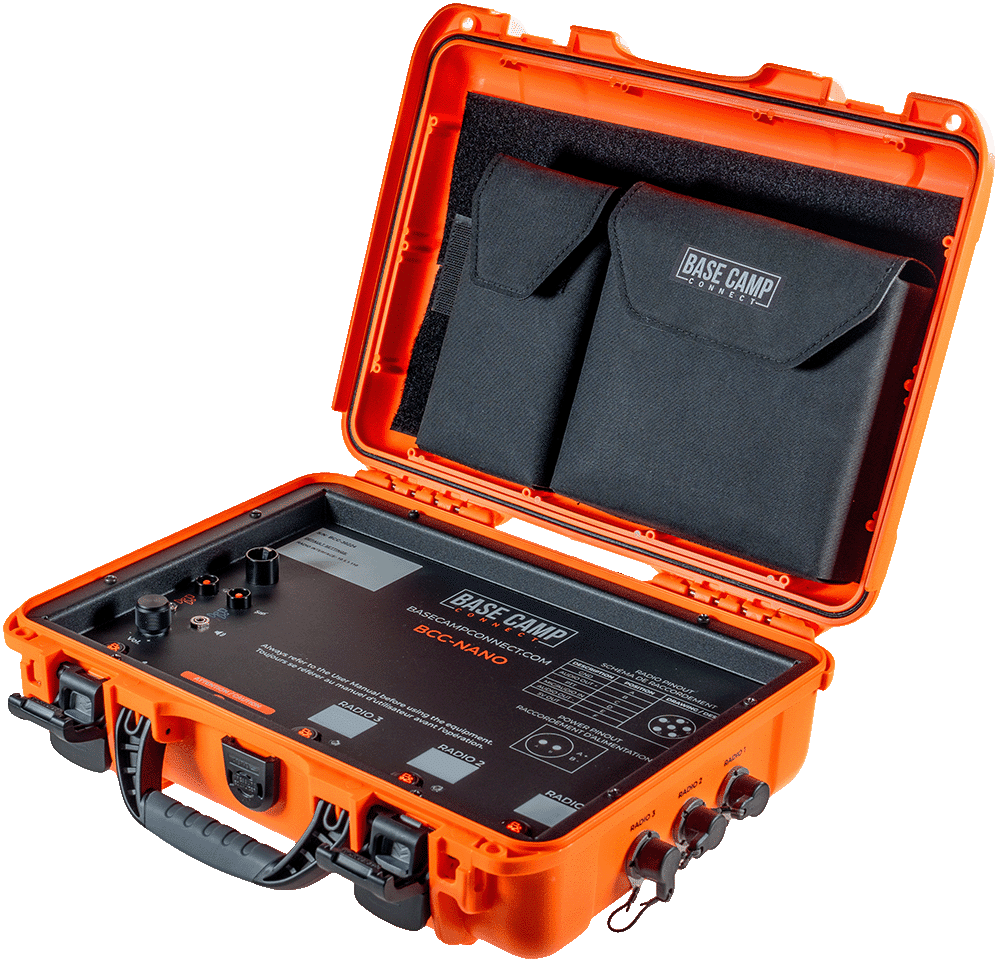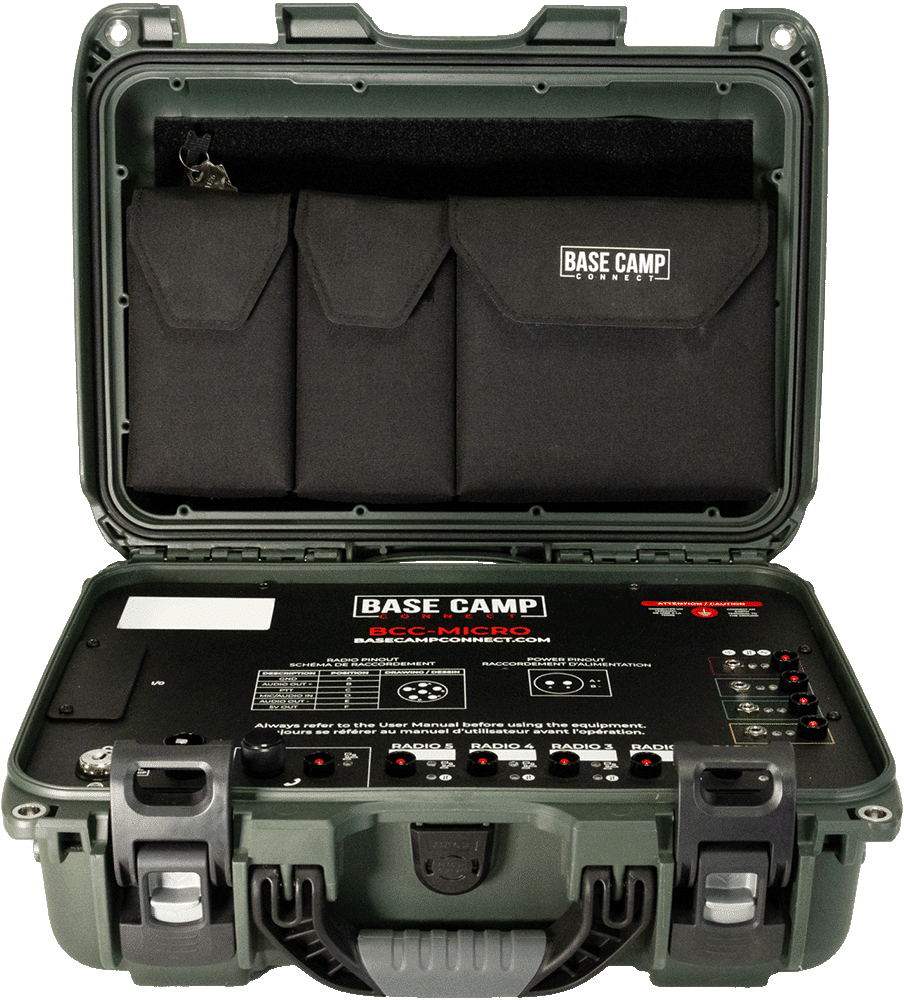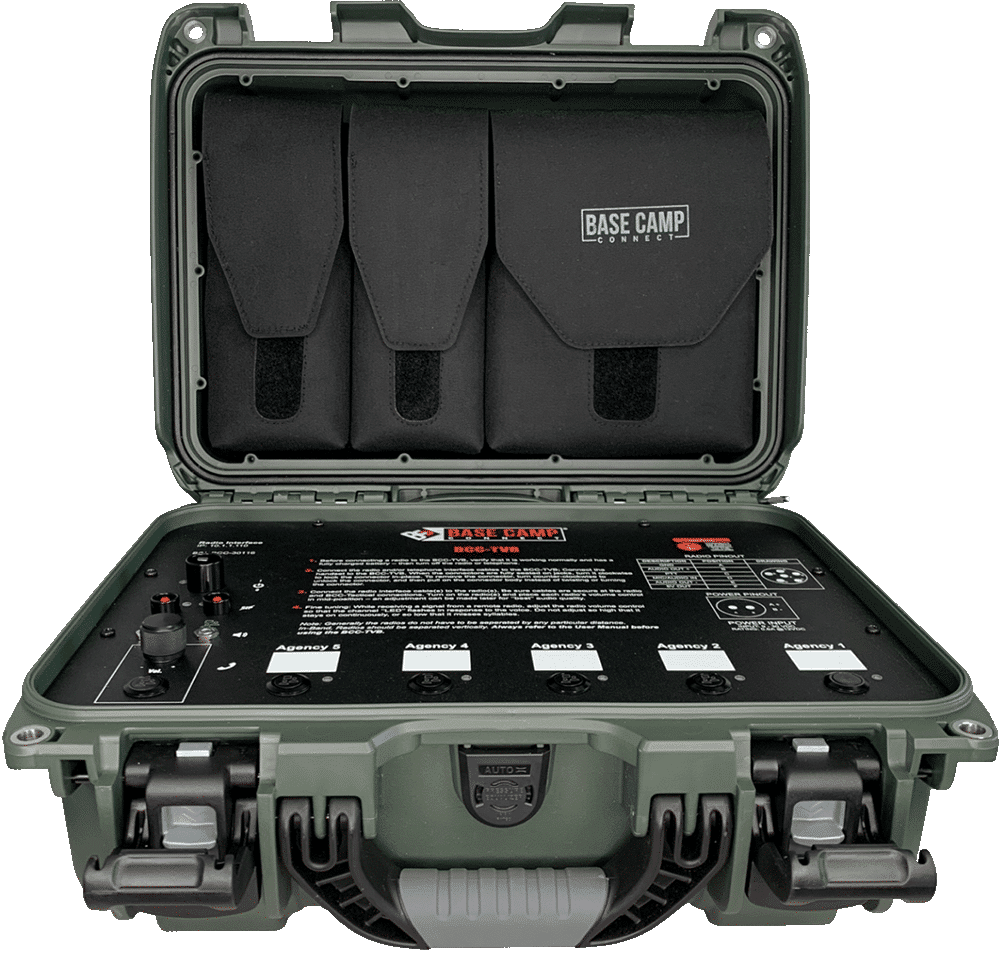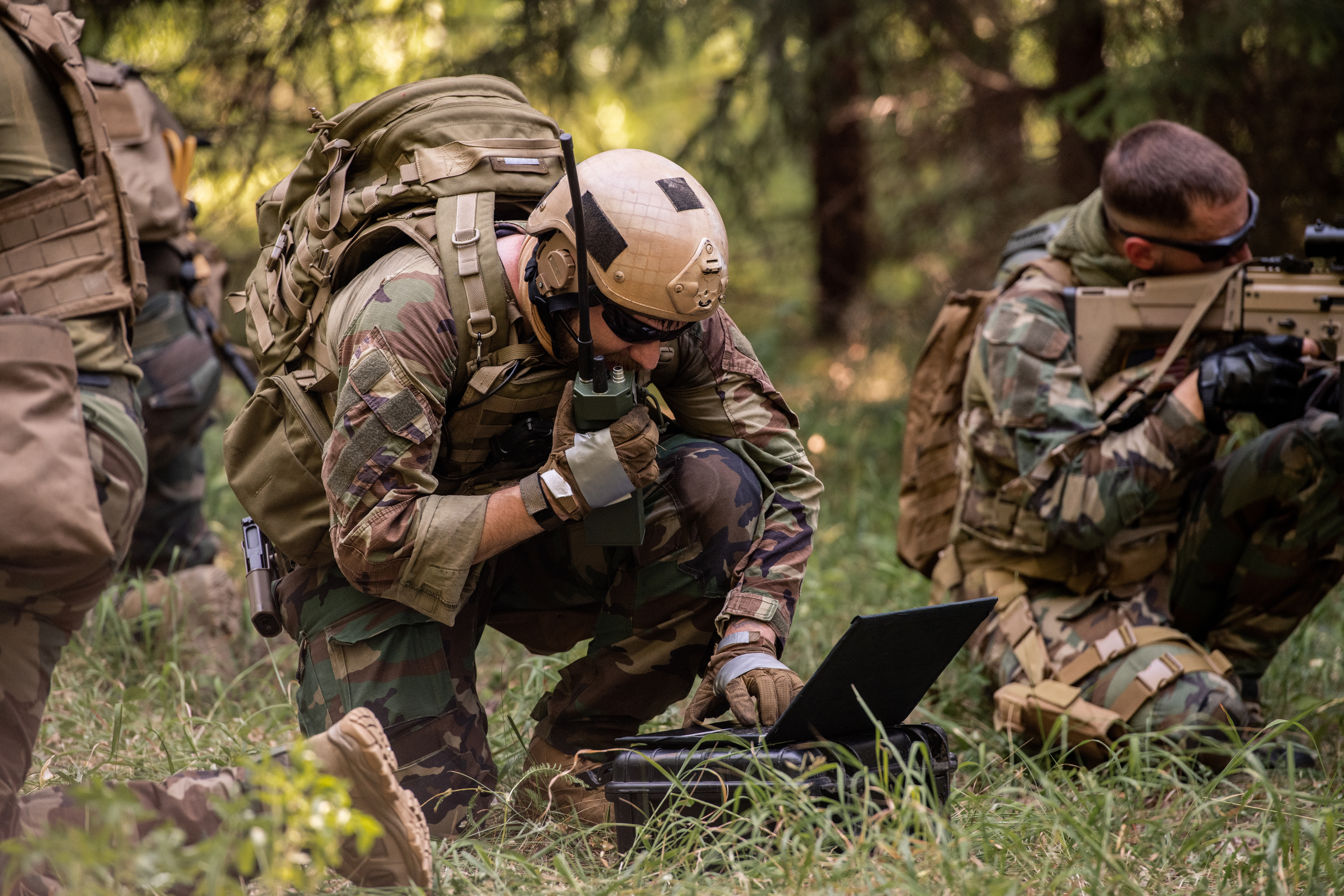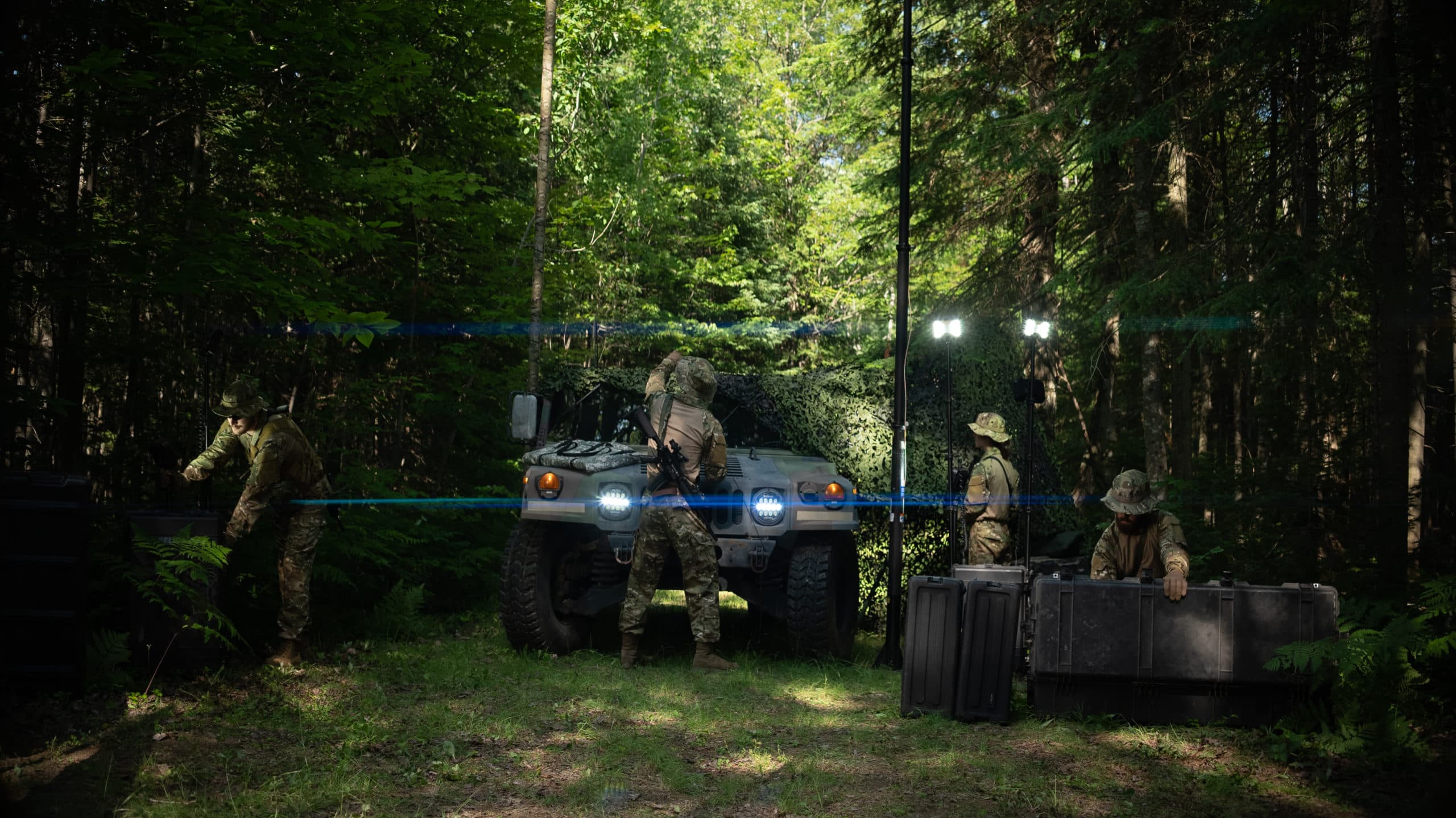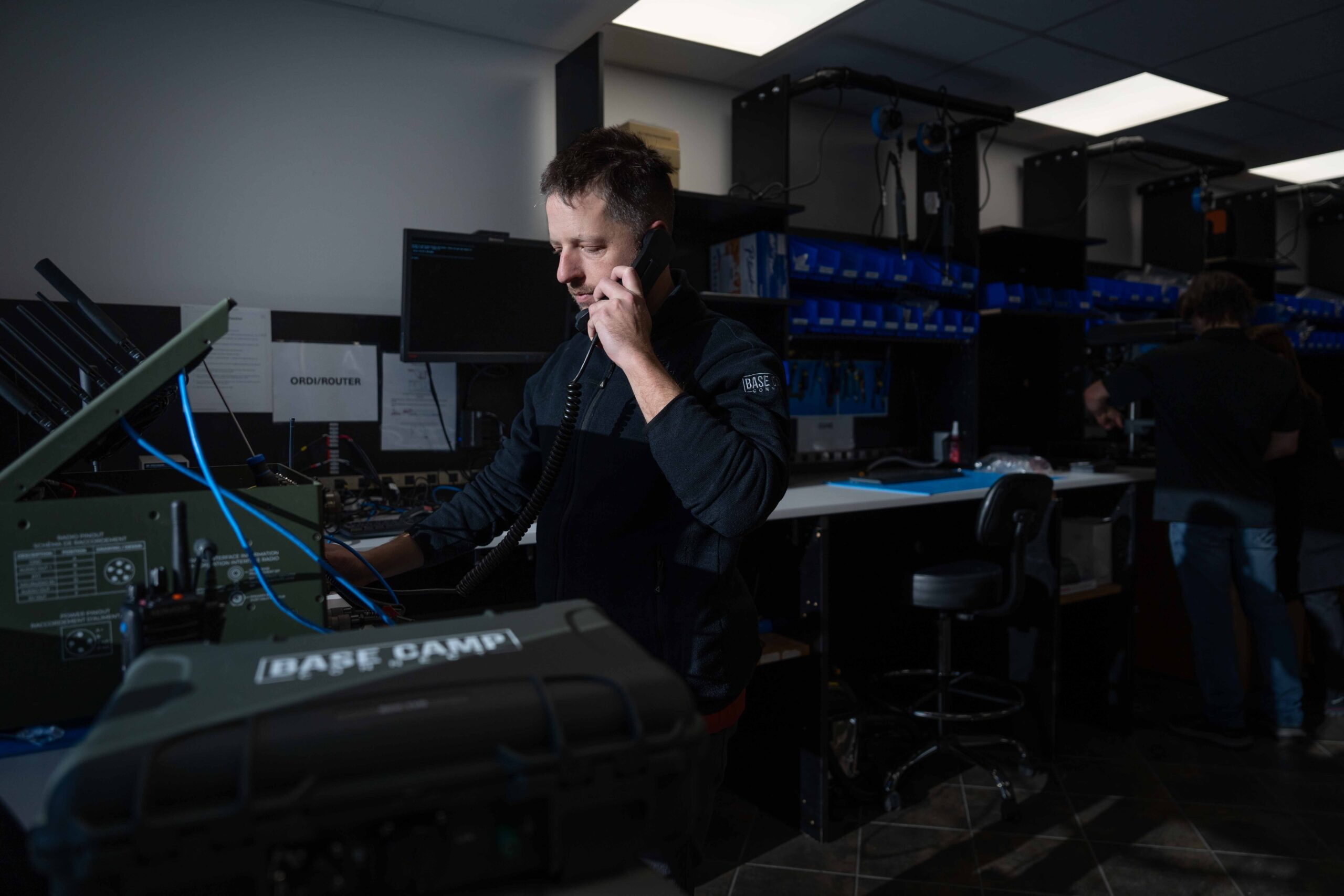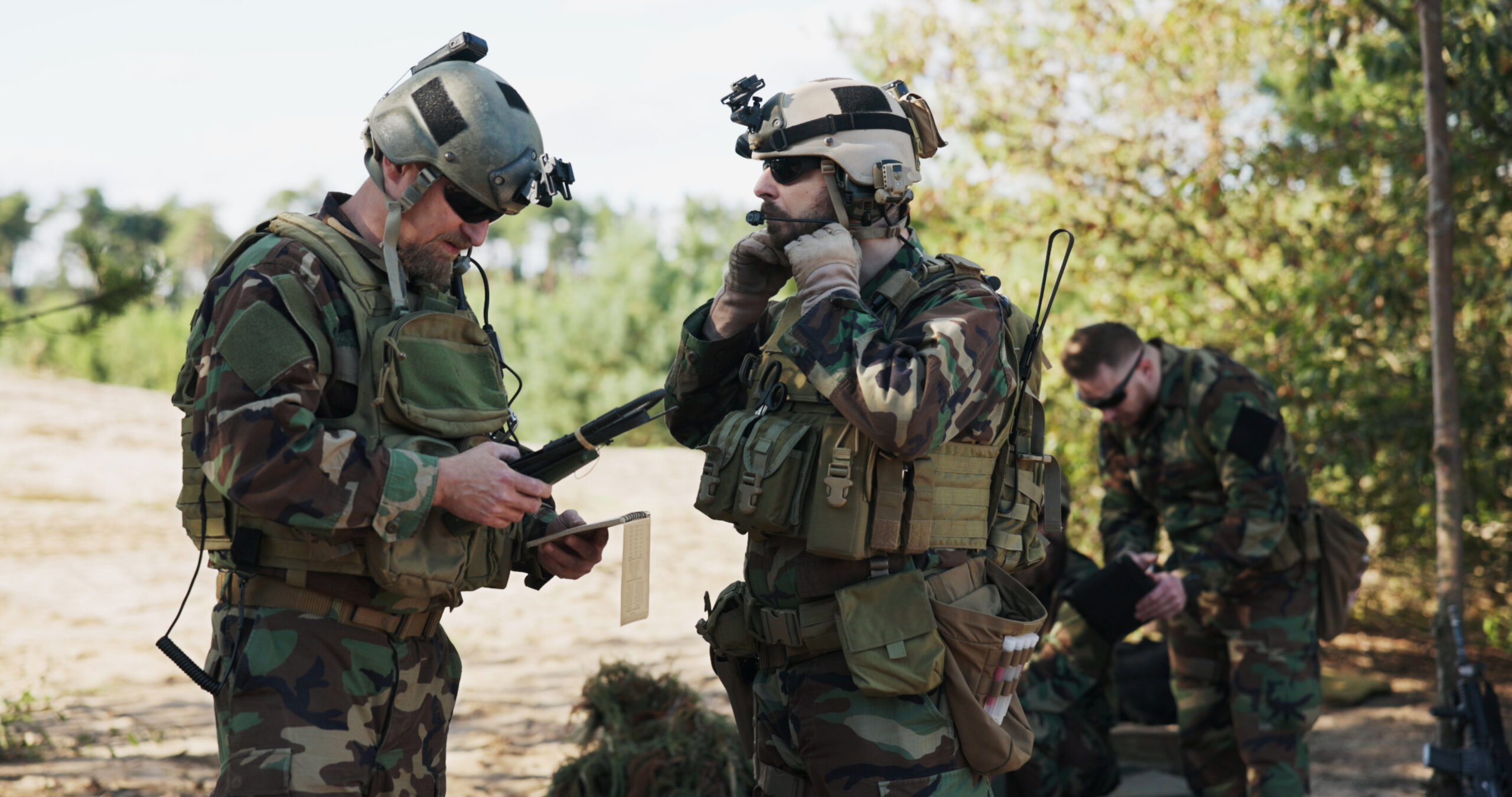Communication capabilities in warfare are rapidly changing. Gone are the days when simple two-way radios and an army field telephone dominated communication networks. The ever-expanding global communications network has allowed for the sharing of information in ways unimaginable just a few decades ago. What hasn’t changed is the dependency of military forces on reliable and seamless communications.
Information is now as much of a weapon as the bullet. Reliable communication networks allow commanders of coalition forces to coordinate troop movements, plan targets, and make real time decisions on a global level. These advancements are a reality thanks to innovations in the field and the development of capabilities such as Federated Mission Networking (FMN).
FMN originated from lessons learned by NATO in Afghanistan. If you are not familiar with FMN, it’s essentially an agreement between coalition members to align their communications equipment and procedures with the goal of interoperability. The vision of FMN is to achieve “Day Zero Interoperable Forces.” In this article, we’ll explore what that means, the challenges associated with achieving it, and how to make the vision a reality.
What is Day Zero Interoperability?
During one of my tours in Iraq, I was part of a Military Transition Team (MiTT) assigned to train an Iraqi Army battalion. MiTTs were typically composed of around a dozen military professionals (in my case, Marines, Sailors, and Soldiers) who would build their Iraqi counterparts into a force that could eventually handle national security without the assistance of outside forces. One of the biggest challenges we faced from day one was the interoperability, or lack thereof, of our communication systems.
As a MiTT, we had numerous communication platforms that allowed us to communicate easily between the team and higher command. Communication between our team and our Iraqi counterparts was a completely different story. In some cases, the only way we could talk to units spread across the area of operations was through unsecured cell phones. It was far from the ideal situation. The goal of Day Zero Interoperability would be to prevent situations like the one we experienced from happening among NATO forces.
Communication systems for coalition forces should be ready to work as soon as they deploy. In theory, Day Zero Interoperability would mean various communication systems would immediately sync and not require time-consuming technical adjustments that cause delays in the sharing of information. To achieve Day Zero Interoperability, coalition forces need a common technical standard that allows for secure and encrypted data sharing, is rapidly deployable, and is robust enough to survive the harsh environments of combat.
The Dangers of Not Achieving Day Zero Interoperability
There are real dangers associated with a lack of Day Zero Interoperability. A few of the more critically important ones are as follows.
- Delayed mission execution: Without the immediate sharing of data through open communication channels, it’s no exaggeration to say that the mission’s success is at stake, and lives can be lost.
- Increased fratricide and other miscommunication risks: One of the most tragic things I witnessed in Iraq was a friendly fire incident where units from different services failed to establish communications during the Battle of Fallujah (Operation Phantom Fury), resulting in a friendly fire incident that seriously injured a number of Marines.
- Intelligence gaps: Without interoperability, information such as the movement of enemy forces, targets, and the location of friendly forces is corrupted. This promotes a degraded intelligence picture, leading to less-than-ideal command decisions as leaders have an incomplete understanding of the battlefield.
- Command and Control (C2) breakdown: Without the real-time passage of orders, units on the ground are less responsive. Even small delays at the command level can have devastating effects on the frontlines.
- Cybersecurity vulnerabilities: When communication networks aren’t ready to work together immediately, military forces often turn to hasty integration solutions so as not to delay the passage of information. While understandable in the fast-paced environment of combat, it can expose the system to attack.
A real-world example of these dangers can be seen in NATO’s 2011 Operation Unified Protector in Libya. The early stages of the operation witnessed significant coordination delays. Some nations couldn’t access essential intelligence feeds, leading to delays in airstrikes and reconnaissance planning. The lack of Day Zero Interoperability slowed the coalition’s response in a rapidly evolving environment.
The Challenges of Achieving Day Zero Interoperability
Establishing and maintaining reliable communications within a single combat force is a challenge, let alone doing the same for a multinational force. There are three primary considerations regarding Day Zero Interoperability that FMN seeks to overcome.
- Different national systems and standards
- Lessons learned from AMN
- The lack of a Unified Communications Framework
Although NATO is an alliance of dozens of countries, it doesn’t mean everyone is using the same communications equipment and procedures. Each member nation has its own communication networks and standards. Historically, especially before the conflict in Afghanistan, this led to significant communication integration challenges. Without a common framework, coalition forces faced delays in data sharing, incompatible radio frequencies, and mismatched encryption protocols.
During the conflict in Afghanistan and before the establishment of the Afghanistan Mission Network (AMN), achieving Day Zero Interoperability was impossible. Interoperability problems caused significant issues and lowered the effectiveness of the coalition. Systems couldn’t talk to each other, and NATO learned that without a broader, more adaptable communication system, Day Zero Interoperability was little more than a dream.
A further challenge to achieving the vision of FMN can be the lack of a Unified Communications Framework (UCF). NATO’s experience in Afghanistan reinforced the need for a standard approach to communications that would allow for rapid deployment in future conflicts. Without a UCF, Day Zero Interoperability is impossible.
What It Takes to Achieve Day Zero Interoperability
The solution to making Day Zero Interoperability a reality is FMN. FMN standardizes military communication networks by providing technical guidelines for unified information-sharing protocols. The components of these guidelines include the following.
- Common information architecture: This helps to foster common network structures.
- Secure and encrypted data exchange protocols: These protocols ensure that networks are secure while still allowing for the rapid exchange of data.
- Flexible network capabilities: Through this component, nations are free to integrate their own systems while still promoting interoperability.
- Spiral development: This system development lifecycle is ideal for complex systems like a multinational military communications system. It allows for the introduction of new capabilities without losing focus on data management and cybersecurity.
Additionally, it helps to have equipment ready for use within FMN. If your equipment can eliminate some of the barriers to achieving Day Zero Interoperability, you are much closer to making it a reality. Military communications professionals should seek out solutions that offer full integration of voice, data, and radio communications in harsh environments. Communication assets should easily provide mobile, adaptable connectivity solutions for forces operating in remote areas. Features like these can be achieved with solutions such as the BCC-TACTICAL and BCC-NOMAD.
The rapid pace of modern conflicts means that the ability to communicate securely, reliably, and instantly on Day Zero is no longer a luxury; it’s a necessity for modern coalition warfare. Real-world NATO operations, such as those in Libya and Afghanistan, have shown that a lack of interoperability costs time, lives, and mission success. Thankfully, the combination of FMN and reliable communications equipment like those offered by Base Camp Connect make Day Zero Interoperability possible. The battlefield of tomorrow demands nothing less.
